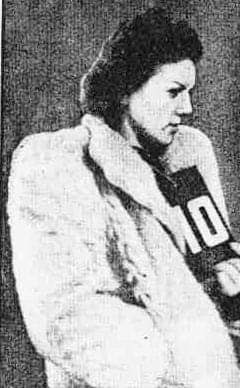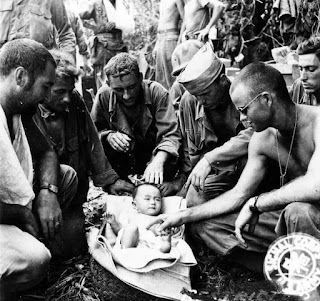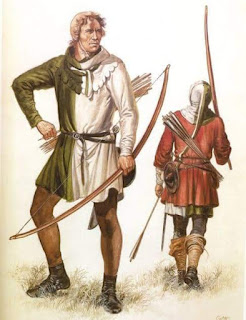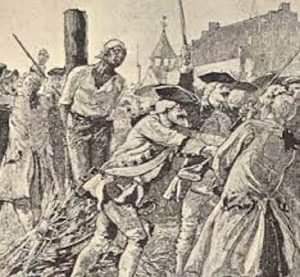A well nourished Sudanese man steals maize from a starving child

A well nourished Sudanese man steals maize from a starving child during a food distribution at Medecines Sans Frontieres feeding center at Ajiep, southern Sudan, 1998. Tom Stoddart captured this moment by camera in 1998. The photograph was taken in Sudan, specifically at Aijep, Bahr el Ghazal. In the city, it was taken at the Medecins San Frontieres, which is a feeding center at Aijep. The photograph was taken for general news stories. The main issue of concern in this photograph is the famine in Sudan. In the beginning of 1998, about 250,000 people died during the famine in south-western Sudan As you look at this picture, you tend to notice the boy’s look of malnourishment, but you do not exactly understand what he is doing in this picture till you read the caption. The caption to this photograph explains that a well fed Sudanese man steals corn from a famished boy during a food distribution He decided to take pictures of the 1998 famine because at the time, the famine was not be...





